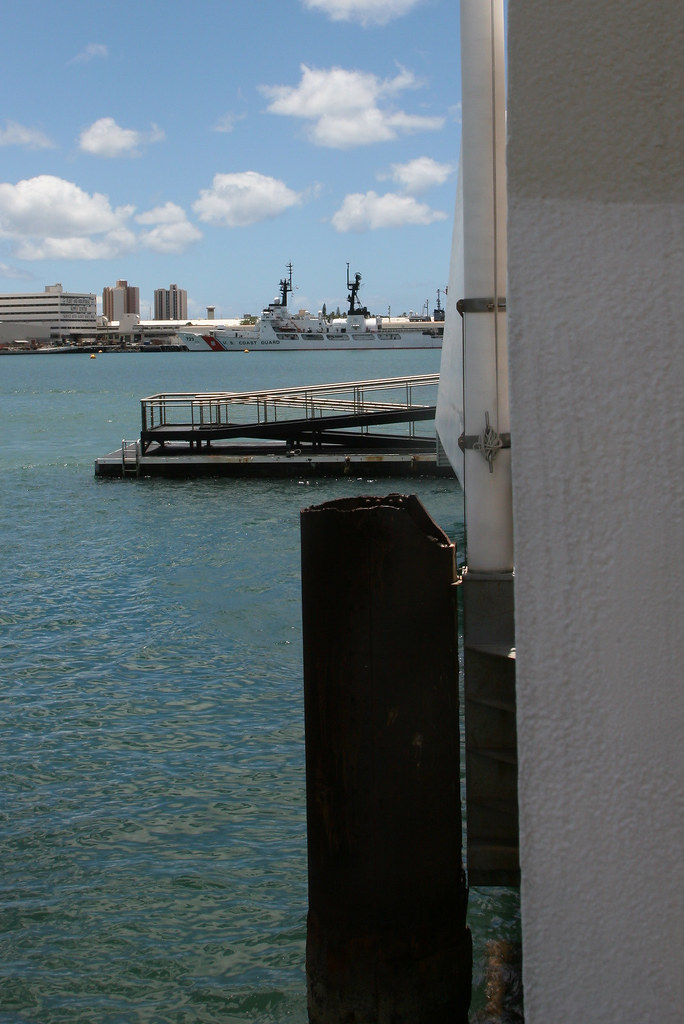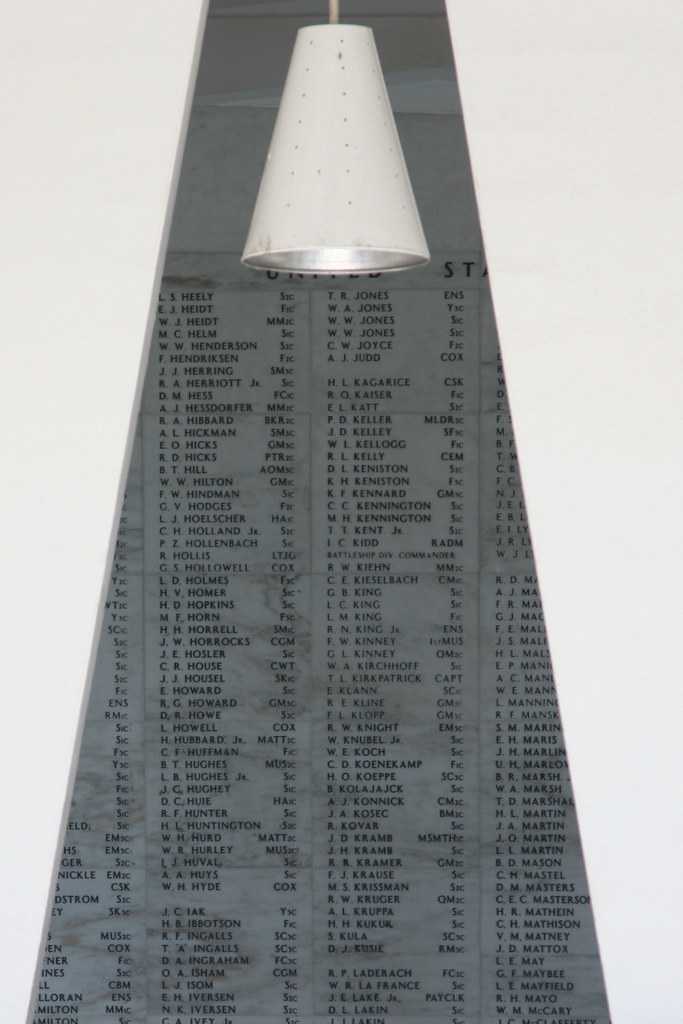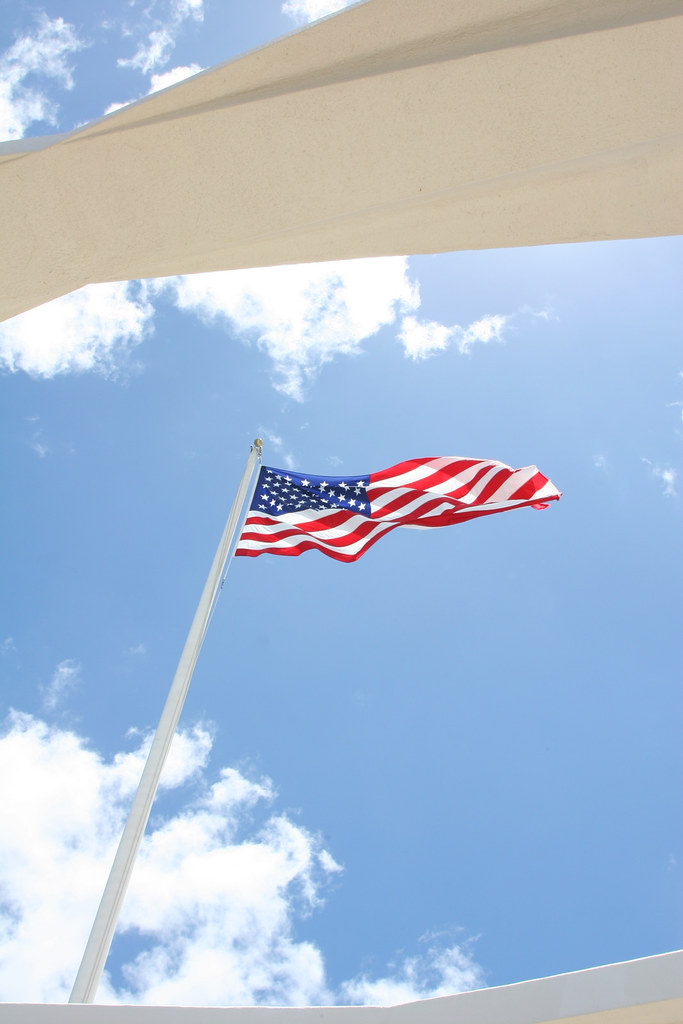Take a few minutes and read our shipmate Mario Vittone's article at Weekly Leader.
Mario relates an experience while serving as an Aviation Survival Technician which serves as a touchstone in his life and puts all the day-to-day challenges into perspective.
Mario's perspective has had a dramatic impact on my life in the months since it was posted. I've used the line in a number of circumstances... "Mario has been to where bad is, and [whatever the current challenge] is not it." My personal "been where bad is" is some 30 years old and dulled by my youth at the time and the intervening three decades.
When I was seven we were entering a remote harbor in the Marquesas (part of French Polynesia) and my mother Nancy (bio) was putting down the anchor. We had a bullet-proof mechanical anchor windlass with the entire mechanism exposed and she accidentally hit the lift cam which caused one of the windlass handles to catch, rise and catch her across her face. I recall her glasses flying into the clear water. Her nose was almost completely separated and it was a nine hour voyage back to the nearest medical care. With only three of us aboard my dad got us there and my job was to keep my mom awake. I was seven so I ended up asleep.
So I guess I can also say from personal experience "I've been to where bad is and this is not it."
I was lucky enough to meet Mario at the Innovation Expo last month. He is a force of nature. It is very much worth keeping up with his writings.
Mario's perspective has had a dramatic impact on my life in the months since it was posted. I've used the line in a number of circumstances... "Mario has been to where bad is, and [whatever the current challenge] is not it." My personal "been where bad is" is some 30 years old and dulled by my youth at the time and the intervening three decades.
When I was seven we were entering a remote harbor in the Marquesas (part of French Polynesia) and my mother Nancy (bio) was putting down the anchor. We had a bullet-proof mechanical anchor windlass with the entire mechanism exposed and she accidentally hit the lift cam which caused one of the windlass handles to catch, rise and catch her across her face. I recall her glasses flying into the clear water. Her nose was almost completely separated and it was a nine hour voyage back to the nearest medical care. With only three of us aboard my dad got us there and my job was to keep my mom awake. I was seven so I ended up asleep.
So I guess I can also say from personal experience "I've been to where bad is and this is not it."
I was lucky enough to meet Mario at the Innovation Expo last month. He is a force of nature. It is very much worth keeping up with his writings.

.jpg)



